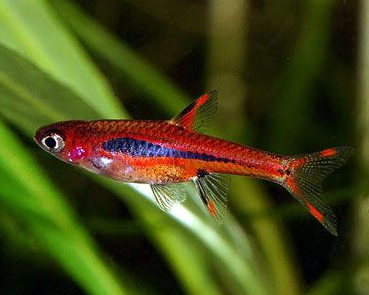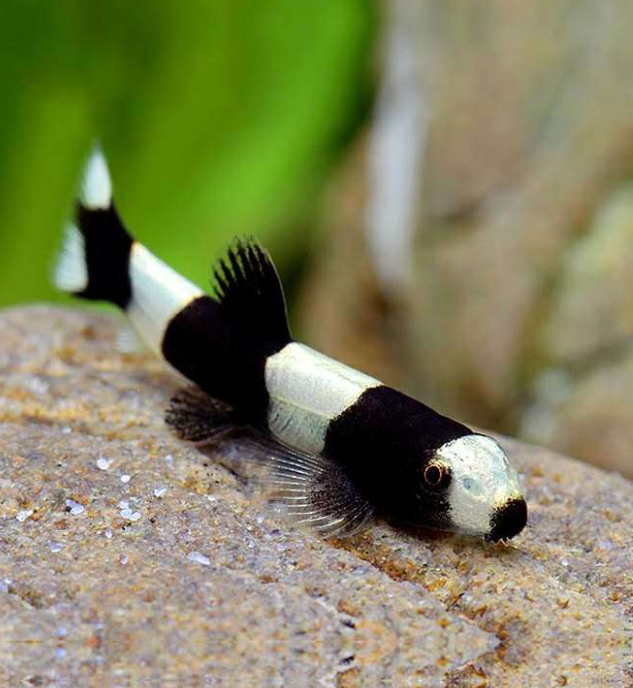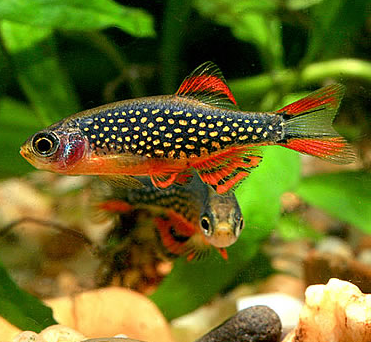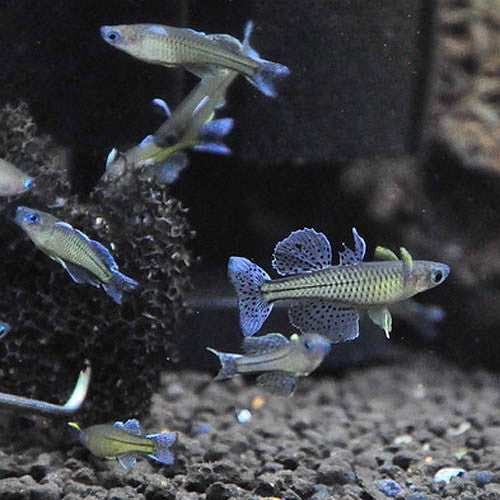Known from the isolated mountain lake of Inlé and surrounding watershed in Shan state, eastern Myanmar, and also occurs close to Loi Kaw township in neighbouring Kayah state to the south.
Type locality is given simply as ‘Inlé Lake, Myanmar’.
Lake Inlé lies in a karstic valley known as the Yawnghwe basin located almost 900m above sea level in the Shan Plateau region and is home to many endemic animals including nine species of fish and numerous gastropods.
It was originally much bigger and may originally have been more than 90 metres deeper than it is now.
The water in Lake Inle is clear, shallow (2-3 metres deep in most places) and has a very fertile, loamy substrate.
It’s famed for its stilted villages and local fishermen known as Intha who row their boats using only one leg.
These people, thought to have migrated from the south of Myanmar in the late 1300s, use naturally-occurring floating ‘islands’ consisting of tangles of various plant species as gardens.
These islands form a wide raft around the lake margins and the Intha take them as required, removing the aerial leaves and cutting them into sections.
Bamboo poles are added for support allowing fruit, vegetables, rice and flowers to be produced in commercial quantities.
The gardens rise and fall with the water level and have come to form the habitats of many fish which take shelter among the tangle of roots and plant stems at their base.
Macrophytes also grow densely in the crystal-clear water and include Ceratophyllum and Elodea-like species.
D. erythromicron is mostly collected around the margins of the lake where grass and reed-like plants proliferate and the floating islands form thick mats composed of both live and dead vegetation.
Impossible to catch with a net, fishermen use special traps placed among the plants overnight.
As the lake is situated in a karstic zone it contains neutral to slightly alkaline water with the pH value varying between 7.5 – 8.0.
Its main outlet is a seasonal stream known as the Balu Chaung which floods at certain times of year allowing the transfer of fishes to pools and ponds close to Loi Kaw.
During drier months these are disconnected, isolating small populations of several species.
We’ve yet to obtain detailed information regarding these habitats but expect them to be characterised by similarly sluggish, clear water with dense marginal and submerged plant growth.





